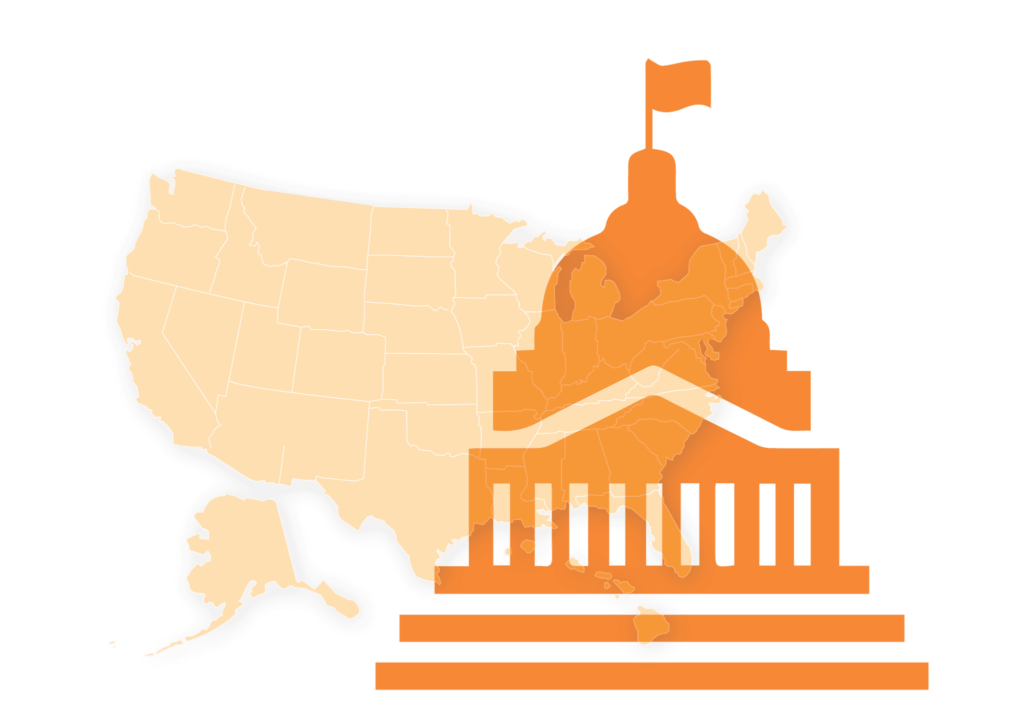Dear Senator Alexander,
On behalf of The Education Trust, an organization dedicated to closing long-standing gaps in opportunity and achievement that separate low-income students and students of color from their peers, thank you for the opportunity to comment on your recently released white paper concerning accountability in higher education.
The research is clear: A college degree is the surest path to upward social mobility, particularly in our economy, with two-thirds of new jobs requiring some form of postsecondary education. Yet, there are glaring — and growing — gaps in who enters and completes college.
Since the original Higher Education Act (HEA) was passed in 1965, the U.S. has made substantial progress in college access. College-going rates have climbed for students from all economic and racial groups. Yet despite this progress, low-income students are just now enrolling in postsecondary education at rates their high-income peers did in the mid-1970s.i And the low-income students and students of color who do enroll in college are far less likely than other students to enroll in institutions where most students graduate and far more likely to enroll in the institutions that graduate few of their students and create disproportionate debt.ii Indeed, in every category of postsecondary education, low-income students and students of color are less likely than others to earn the degrees that they want and need, and far more likely to end up with debt and no degree.
As Congress moves forward with reauthorizing the Higher Education Act (HEA), we are pleased you are focused on accountability and ensuring that every dollar the federal government invests in higher education is used effectively, efficiently, and in the best interest of the increasingly diverse public.
However, the white paper made the argument that higher education accountability should be based exclusively on measures of loan repayment. We believe this approach is woefully inadequate. Higher education accountability should be more nuanced, more differentiated, and more focused on the measures on which institutions have the most control.

 February 15, 2018 by
February 15, 2018 by 




